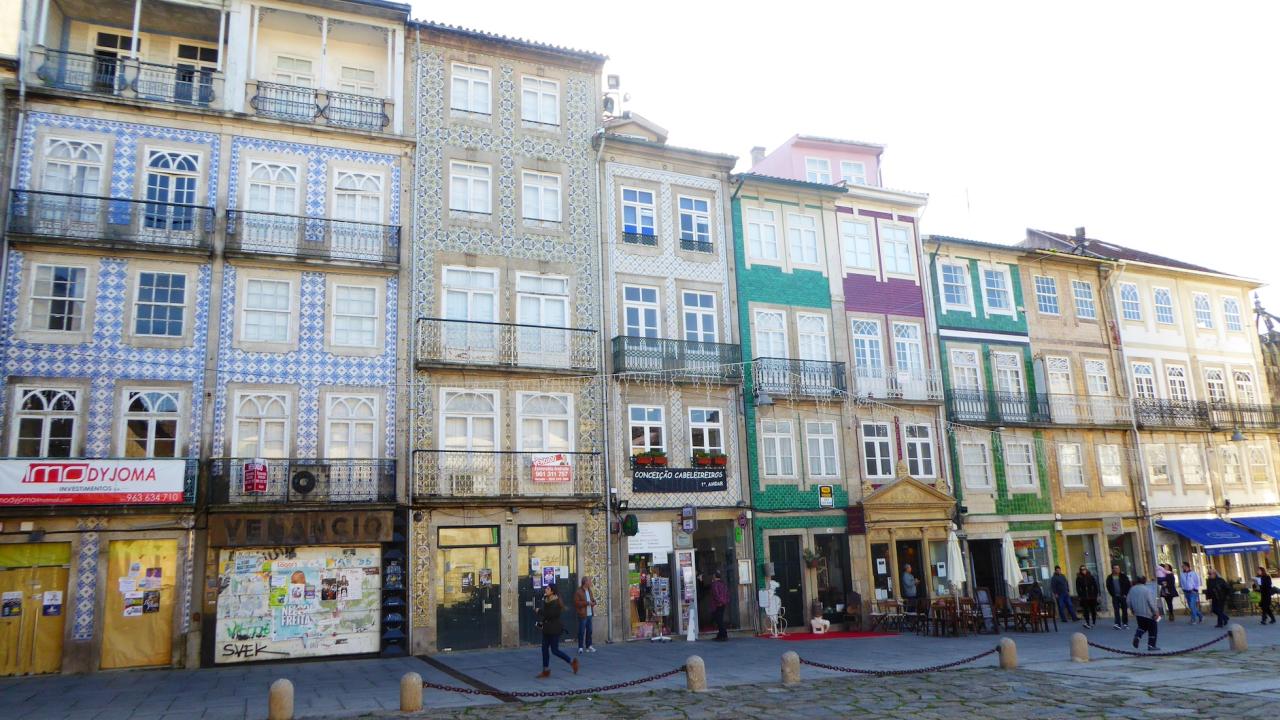Azulejo – Portugal's Ancient Murals
These distinctive ceramic tiles are not merely decorative elements but also bear significant historical, artistic, and cultural significance.
Portuguese tiles trace their origins back to the Moorish occupation of the Iberian Peninsula during the 8th century. Influenced by Islamic geometric patterns and designs, early azulejos featured intricate geometric motifs and arabesques. However, it wasn't until the 15th century, during the Portuguese Age of Discovery, that the art of tile-making flourished.
During the Renaissance, Portuguese artisans began to incorporate more diverse influences into their tile designs, including motifs inspired by nature, mythology, and religious themes. The Baroque period saw further elaboration, with tiles adorning palaces, churches, and public buildings, depicting scenes from history, literature, and daily life. These tiles not only served as decorative elements but also conveyed narratives and symbolized the cultural identity of Portugal.
Traditionally, azulejos are made from glazed ceramic, crafted by hand and fired in kilns. The glazing process not only adds a vibrant sheen to the tiles but also enhances their durability and weather resistance. The techniques of tile-making have been passed down through generations of artisans, each adding their own innovations and styles to this ancient craft.
One of the most remarkable aspects of Portuguese tiles is their integration into architectural structures. From the facades of buildings to the interiors of palaces and churches, azulejos adorn countless edifices across Portugal. These tiles not only embellish surfaces but also serve functional purposes, such as regulating temperature and acoustics.
Beyond their aesthetic appeal, Portuguese tiles are imbued with cultural significance, symbolizing the nation's rich history, maritime exploration, and artistic legacy. They are a testament to the craftsmanship and creativity of Portuguese artisans throughout the ages, reflecting the country's diverse cultural influences and enduring tradition.
While traditional tile-making techniques continue to be practiced, there has been a resurgence of interest in Portuguese tiles in contemporary design and architecture. Modern artists and designers are reinterpreting azulejos, blending traditional motifs with contemporary aesthetics, and experimenting with new materials and technologies.
In essence, Portuguese tiles are not just decorative elements but tangible expressions of Portugal's cultural identity, craftsmanship, and artistic ingenuity, spanning centuries of history and captivating the imagination of all who encounter them.


